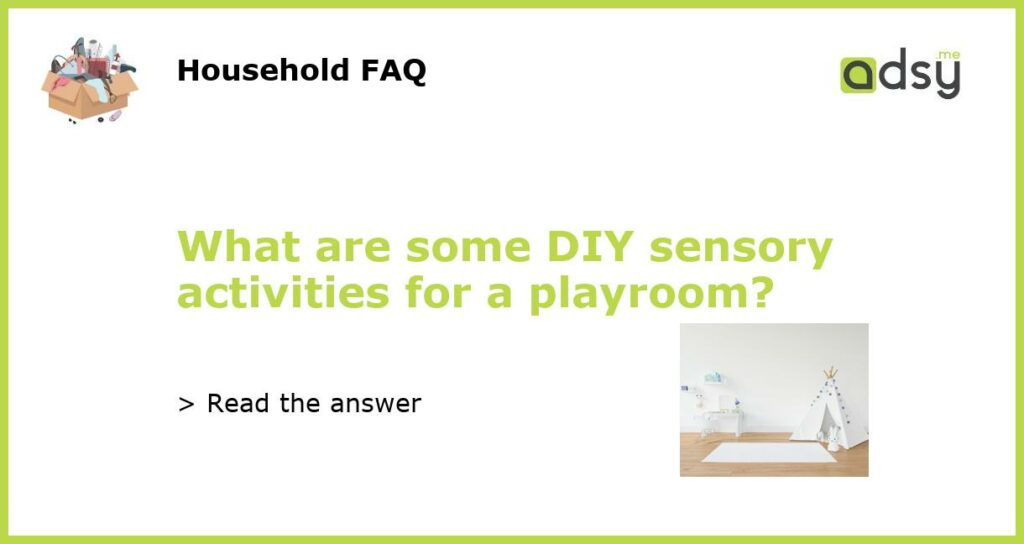DIY Sensory Bins
Sensory bins are a fantastic way to engage children’s senses and provide hours of entertainment. They are simple and inexpensive to make, using everyday household items. Start by selecting a container, such as a plastic storage bin or a shallow dish. Fill it with a base material, such as rice, dried beans, or sand. Then, add various sensory items like small toys, colorful objects, or natural materials like leaves and pinecones. Encourage children to explore the bin using their hands and fingers, fostering tactile stimulation. Sensory bins can be customized according to themes or interests, such as a farm-themed bin with toy animals or a beach-themed bin with seashells and toy boats. This DIY activity encourages creativity and sensory exploration.
Sensory Bottles and Jars
Sensory bottles and jars are mesmerizing for children and provide a soothing sensory experience. To make a sensory bottle, fill a clear plastic bottle or jar with liquid, such as water, and add various objects like glitter, sequins, or small toys. You can also experiment with different liquids, such as colored water or baby oil, to create different visual effects. Securely seal the bottle or jar with glue or tape to prevent spills. Children can shake, tilt, and roll the bottle, observing the objects inside as they move and float. Sensory bottles are great for calming down and can be used to teach concepts like cause and effect.
Sensory Wall Panels
Sensory wall panels are a fantastic addition to any playroom. They provide ample opportunities for tactile exploration and engage multiple senses. Create sensory wall panels using different materials and textures. For example, attach fabric swatches with different textures, like fur, silk, or denim. Use different surfaces, such as bubble wrap or sandpaper. Incorporate sound elements, such as bells or squeaky toys. You can also include visual elements like mirrors or thick yarn that children can touch and manipulate. Mount these panels on a sturdy board or directly on a wall. Sensory wall panels encourage fine motor skills, sensory integration, and imaginative play.
DIY Sensory Play Dough
Sensory play dough is a versatile DIY activity that engages multiple senses. Start by making a basic play dough recipe using ingredients like flour, salt, water, and oil. Once you have the base dough, you can add various sensory elements to it. For example, you can add scents like vanilla or lavender extract, or natural materials like ground coffee or dried herbs for different smells. You can also add colors using food coloring or natural dyes. To enhance tactile stimulation, add small objects like beads, sequins, or glitter to the dough. Children can explore the play dough by squeezing, rolling, and shaping it, promoting fine motor skills and sensory exploration.
Sensory Obstacle Course
A sensory obstacle course is a great way to combine physical activity with sensory play. Set up various stations or activities in a designated play area. Each station should engage a different sense. For example, you can have a station where children need to crawl through a fabric tunnel to experience different textures. Another station can have a bucket of water with floating objects for children to explore. Incorporate activities like jumping on a trampoline, balancing on a beam, or throwing bean bags into different targets to engage different senses and develop gross motor skills. Customize the obstacle course according to your child’s interests and abilities. Encourage children to complete the course, engaging all their senses and promoting physical and sensory development.






